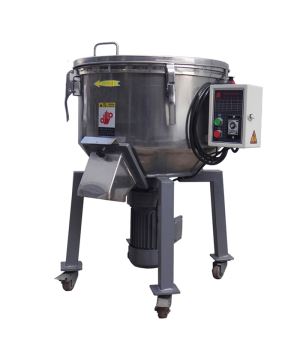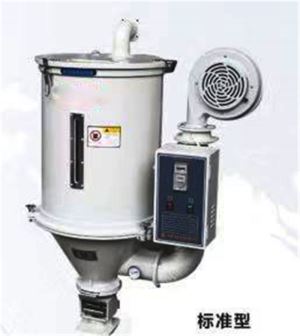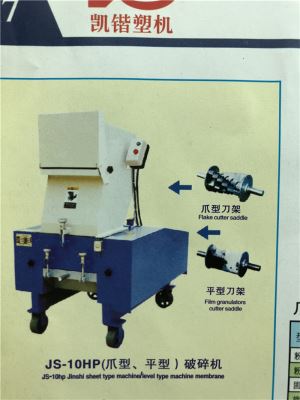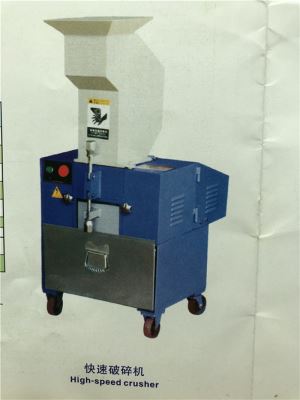Product Categories
Contact Us
Tel:+86-757-23330332
Fax:+86-757-23330332
Ph:+8613826028993
E-mail: joybai@kaikaimachine.com
Add:2-3C Tower #13, Shunlian International Machine City, Chencun Town, Shunde District, Foshan City, Guangdong, China
The use of any mechanical production will inevitably have errors, some errors are inevitable, is also allowed by the construction of the project, to know the reason for the existence of errors, it is necessary to know the cutting principle of the steel bar straightening machine.
After the steel bar is straightened, its length should be measured to give a fixed length cutting signal. From the straightening barrel out of the steel by the up and down roller traction, through the shear mechanism into the receiving frame. In the receiving frame, the steel bar supports the fixed ruler plate and drives the pull bar forward. After the steel bar is in place, the top force of the steel bar makes the pull bar drive the travel switch action, sending a shear signal to the shear mechanism, and sending the square knife table with a lower cutting knife to the hammer head, which hammers the upper cutting knife and makes the steel bar shear.
(1) bending error of steel bar jacking ruler plate. The fixed ruler plate and tension bar on the receiving frame have certain quality, and there is sliding friction, but also drag the travel switch action, the steel bar is more or less there is a certain bending, there is inevitably a fixed length error.
(2) errors caused by the rebar walking and the uncertainty of hammer head position. The straightening steel bar is dragged by the pressing roller at a certain speed (generally, the steel bar's advancing speed is 30m/min), and the reciprocating movement frequency under the hammer head is 600 times /min, then it takes 0.1s for the hammer head to complete a stroke, that is, the shear mechanism from receiving the signal to the hammer head falling to complete the shear, and the time is within the range of 0 ~ 0.1s. If the steel bar is allowed to walk freely, the steel bar must have a walking error of 0 ~ 50mm. However, the current method of length determination is to force the steel bar to stop coming in after being in place to obtain the required shear accuracy, then there will be relative motion between the pinch roller and the steel bar and slip, which is bound to form scratches on the surface of the steel bar. In the same way, forcing the steel bar to stop will also produce the situation in the upper section, and the longer the steel bar, the more serious the error.
Related Industry Knowledge
- What is a rock crusher?
- Troubleshooting Mold Temperature Co...
- TAG & INK SOLUTIONS
- The object held by the pipe clamp i...
- Use occasion and method of using clamp
- Technology and application of cable...
- Fiber handle wire cutters are one o...
- An indispensable tool in the instal...
- Explain how to use the clamp
- Tips for choosing cable cutters
- Difference and function of screw sh...
- Purpose and usage of bolt clip
- The top cutting forceps have the pr...
- Diagonal tongs are only good for sm...
- Note for use of fiber handle wire c...
- Notes for using wire cutters
- Chain pipe tongs do not damage the ...
- The aluminum handle pipe clamp can ...
- Method of using occasion for clampi...
- Advantages of steel strip shears















